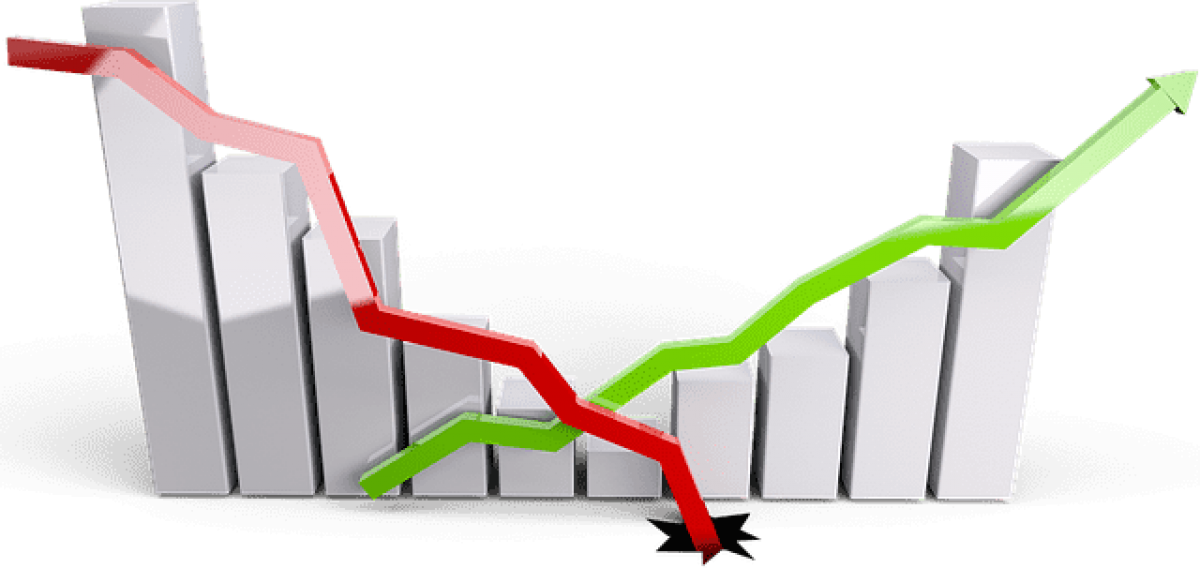AQR Capital Management, the Greenwich, CT-based global investment firm, has posted a new discussion of the volatility risk premium and of the advantages of strategies based thereon.
In principle the premium would disappear if markets efficiently estimated the probability of significant losses. But it remains, because investors are risk averse and tend to overestimate the probability of substantial losses.
AQR believes, as the new paper puts it, that “an investor can systematically exploit these risk preferences and behavioral biases through an option-selling strategy” in a way that will benefit his portfolio in the long run. An option contract is the simplest way in which one market participant can agree to insure against some of the volatility risk faced by another, especially equity downside risk, and can earn an insurance provider’s premium.
Yale Confidence Survey
The Yale School of Management has been conducting a confidence survey for decades. This survey regularly asks respondents, “What do you think is the probability of a catastrophic stock market crash in the US, like that of October 28, 1929 or October 19, 1987, in the next six months, including the case that a crash occurs in other countries and spreads to the U.S.?”
AQR focuses on the more-than-10% variable. That is: at any given moment, some percentage of the respondents believe that the probability of a crash is greater than 10%. That percentage has fluctuated wildly since 1989 (back when the ’87 crash referenced n the question was still a recent memory). The more-than-10% variable has a floor of 40%, a ceiling of 80%, a median of 66%.
As a simple matter of statistics, though, the historical likelihood of such an event is approximately 1%.
Given this disparity between the expectation of risk and its actuality (for two-thirds of survey respondents at mid-range) it is to be expected that there will be a premium to be earned by insuring against the rare crashes.
Paying for Risk Aversion
Looked at another way, the protective put buyer does achieve protection, but is paying a hefty price for it. AQR models an investor who was hypothetically long the S&P 500 from 1996 to 2016, while hedging his position with a continuously rolled one-month 5% out-of-the-money put. The hedged strategy will in fact lessen portfolio volatility as measured against simply being long in the S&P without the hedge. Vol falls from 16.1% in the latter case to 14.7% in the former.
If our hypothetical investor is worried about drawdowns then, again, the hedge works. The maximum drawdown of the unhedged S&P portfolio in this example is 62% from peak to trough. The corresponding drawdown in the hedged variant is just 57%.
But, as noted, this risk aversion comes at a hefty cost. Average portfolio returns decline from 5.1% to just 1.8%.
Profiting from Risk Aversion
AQR models the other side of that hypothesis. Consider the investor who has been selling that edged fellow those put options every month at 5% out of the money, while delta hedging. (In the model, the delta hedge is achieved by shorting an appropriate amount of S&P 500 futures.) This insurer did quite well during the period 1996 to 2016, despite the dramatic insurance payouts associated with the global financial crisis in 2008. The put seller ends up with annualized returns of 1.5%, with a volatility of 2.2%, and a Sharpe ratio of 0.68.
Conclusion
That particular model is only a simple illustration of the case for a VRP strategy. There is a range of ways in which the underlying insight can be exploited. Daring investors might opt for a “volatility enhanced equity” strategy. They might overlay a beta-neutral VRP strategy onto a beta-1 equity portfolio. They’ll be “fully invested in equities” generating “active risk through the VRP” in order to outperform the equity benchmark over the long run.
The overriding point is simply that there is, as the authors of this paper conclude, “compelling evidence in support of allocating to the VRP, which may improve outcomes for investors.”
The paper has four listed authors, the first named of whom is Ing-Chea Ang, AQR’s vice president of portfolio solutions. The other authors are: Roni Israelov, Rodney Sullivan, and Harsha Tummala.
Dr. Israelov has his Ph.D. in financial economics from Carnegie Mellon.




